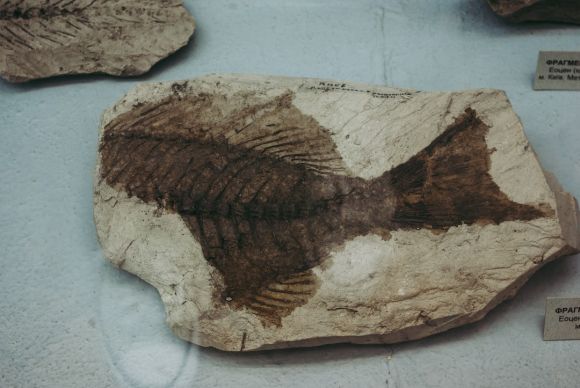The field of archaeology has long been associated with digging in the dirt and uncovering ancient artifacts. However, there is another branch of archaeology that takes us beneath the surface of the water. Underwater archaeology is a fascinating and unique field that allows us to explore the remnants of our past that lie hidden beneath the waves. In this article, we will take a deep dive into the world of underwater archaeology and explore the challenges and discoveries that await those who venture into its depths.
Uncovering Sunken Treasures
One of the most intriguing aspects of underwater archaeology is the search for sunken treasures. From shipwrecks to submerged cities, these underwater sites hold a treasure trove of historical artifacts waiting to be discovered. These artifacts provide valuable insights into our past, shedding light on ancient civilizations, trade routes, and even the daily lives of those who lived centuries ago.
Exploring Ancient Civilizations
One of the most famous underwater archaeological sites is the city of Atlantis. While its existence may be the stuff of legends, there are many other submerged cities that have been discovered and explored. These cities, such as the ancient Egyptian city of Heracleion and the Roman city of Baiae, provide a unique glimpse into the lives of those who once inhabited them.
Unraveling Maritime Mysteries
Shipwrecks are not only fascinating reminders of our maritime past, but they also hold vital clues to historical events and technological advancements. From ancient warships to modern naval vessels, each shipwreck tells a story. By studying these wrecks, archaeologists can gain insights into naval warfare, trade routes, and the evolution of shipbuilding techniques.
The Challenges of Underwater Archaeology
While underwater archaeology may sound like an exciting adventure, it is not without its challenges. The most obvious challenge is, of course, the water itself. The ocean can be a harsh and unpredictable environment, with strong currents and limited visibility. These conditions make it difficult for archaeologists to navigate and document underwater sites.
Preservation is another significant challenge in underwater archaeology. Unlike artifacts buried in the ground, objects submerged in water are subject to deterioration from corrosion and marine organisms. Archaeologists must carefully document and preserve artifacts as they are recovered to ensure their long-term survival.
The Future of Underwater Archaeology
As technology continues to advance, so too does the field of underwater archaeology. Remote sensing techniques, such as sonar and magnetometry, allow archaeologists to survey large areas of the seabed without even getting wet. Underwater robots and remotely operated vehicles (ROVs) enable researchers to explore and document underwater sites with greater precision and efficiency.
Conclusion: A Dive into the Past
Underwater archaeology offers a unique opportunity to explore the hidden depths of history. From ancient shipwrecks to submerged cities, these underwater sites hold a wealth of knowledge waiting to be discovered. Despite the challenges posed by the underwater environment, advancements in technology continue to push the boundaries of what is possible in this field. As we dive deeper into the past, we gain a better understanding of our shared human history and the remarkable civilizations that came before us. So, the next time you find yourself near the coast, take a moment to appreciate the mysteries that lie beneath the waves. Who knows what secrets are waiting to be uncovered?





